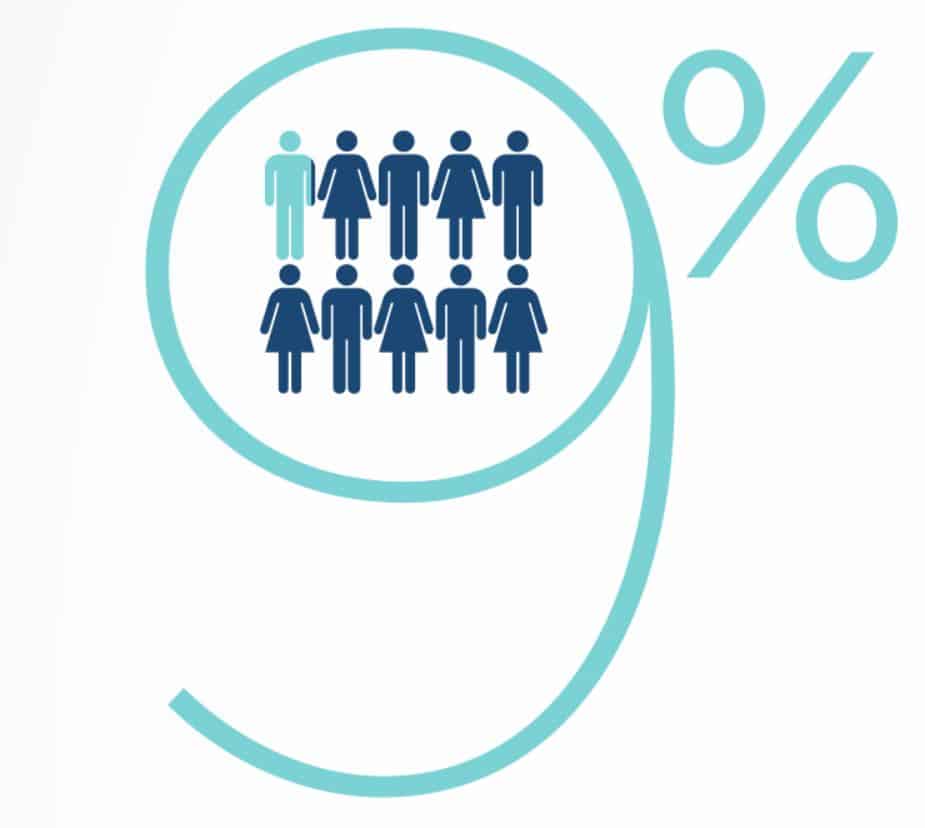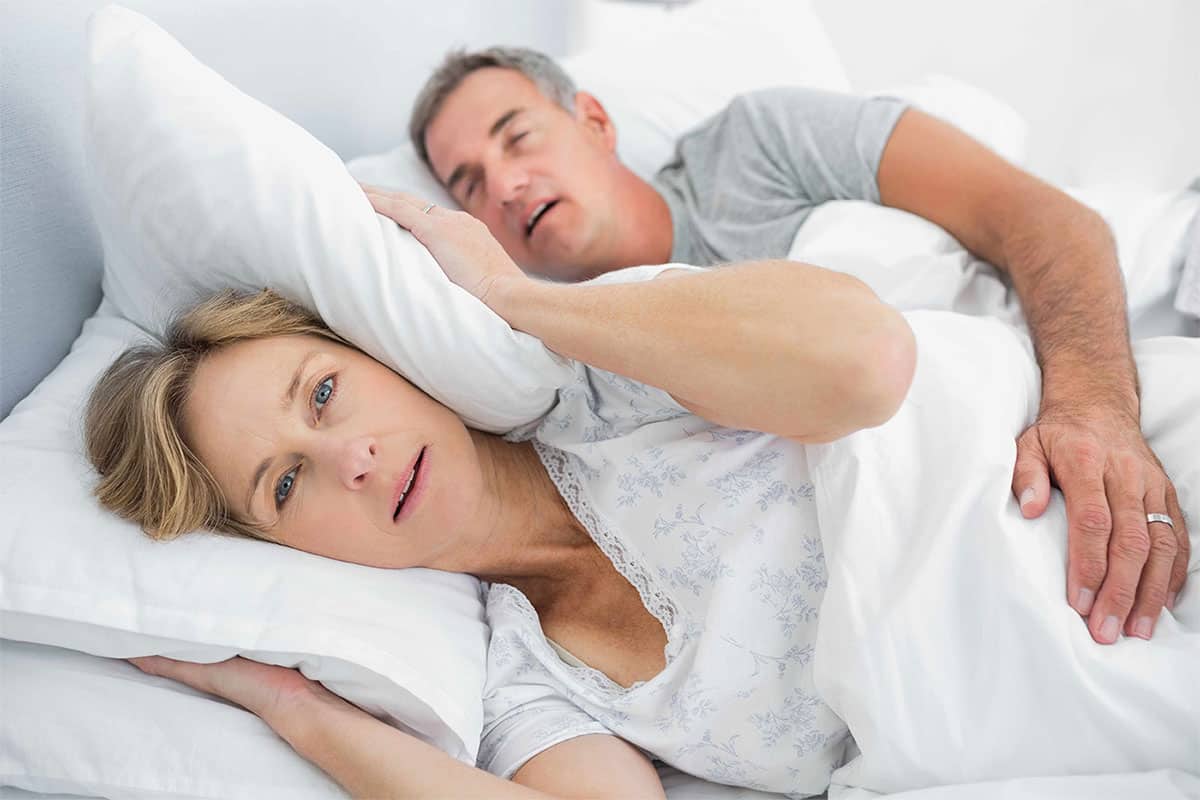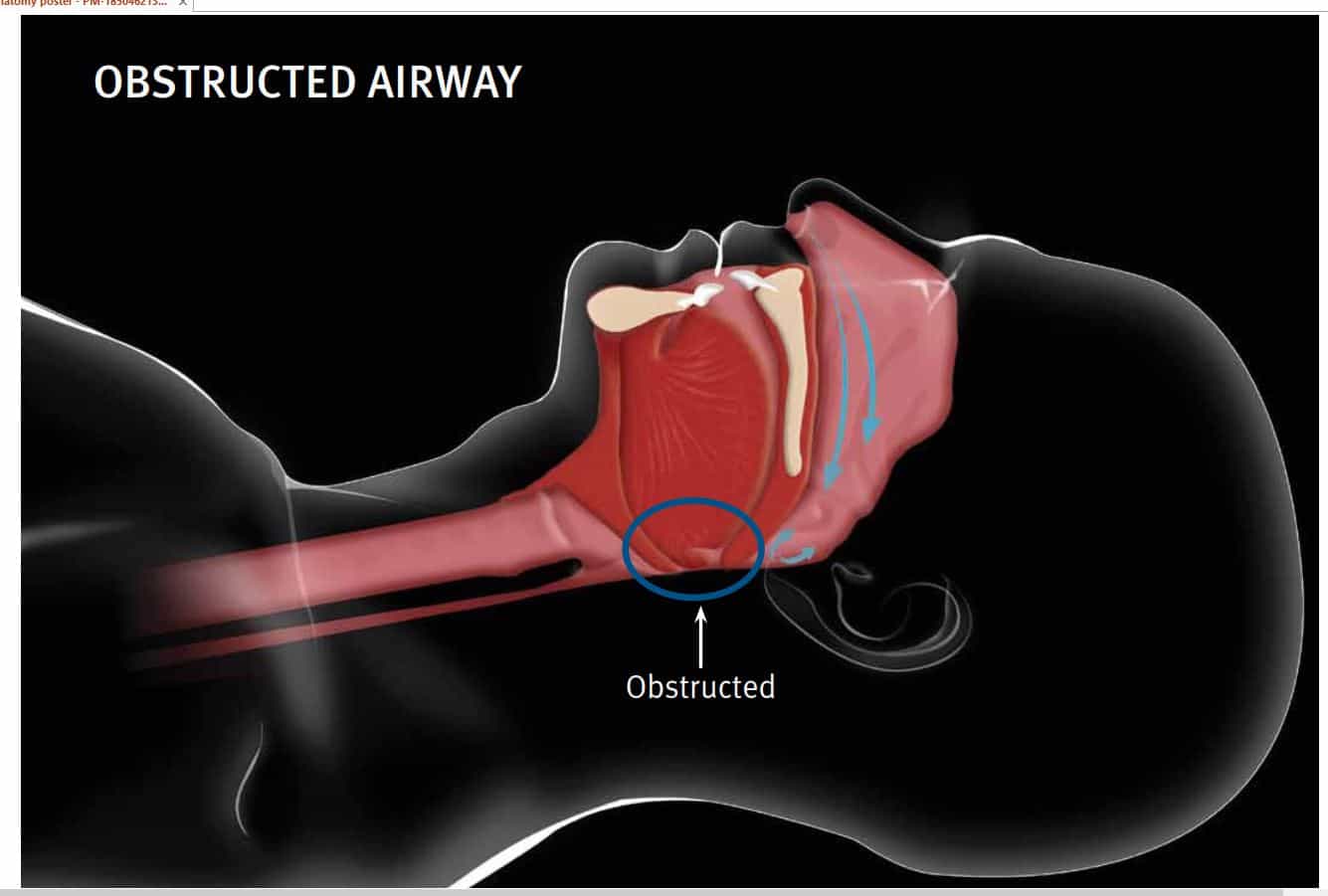What is OSA?
episodes of upper airway collapse during sleep
CPAPflow

Reach
The condition is called Obstructive Sleep
Common signs and symptoms of OSA:
- Loud snoring
- Excessive Daytime sleepiness
- Breathing pauses during sleep 4 Morning headaches
- Lack of concentration and energy.
- Insulin resistant diabetes
- High blood pressure
Progression
OSA can be associated with health problems like high blood pressure, stroke
Obstructive sleep apnea (OSA) is one of the most common sleep disorders
a.
b. In some cases, these muscles relax too much during sleep, blocking (or obstructing) the airway. This means that air can’t get to or from the lungs. The body then realizes it isn’t getting enough oxygen and wakes you up. This may happen hundreds of times during sleep, even though you may not be aware of it. This breaks up your sleep and can make you feel very tired and affect your overall health.
OSA Anatomy
Obstructive sleep apnea is characterized by recurring episodes of upper airway collapse during sleep, resulting in breathing pauses and snoring throughout the night. The gold standard treatment for OSA is continuous positive airway pressure (CPAP).
IF YOU SUSPECT YOU OR A FAMILY MEMBER MAY HAVE OSA, PLEASE CONTACT YOUR PHYSICIAN.

Fisher & Paykel Healthcare is a leading designer, manufacturer and marketer of products and systems for use in respiratory care, acute care, surgery and the treatment of obstructive sleep apnea.
F&P medical devices and technologies are designed to help patients transition to less acute care settings, help them recover quicker and assist them to avoid more acute conditions.
If a diagnosis has been confirmed, learn how to choose the right mask and CPAP equipment
KEY
1 Nasal Cavity
2 Nasopharynx
3 Uvula
4 Soft Palate
5 Tongue
6 Oropharynx
7 Trachea
8 Mandible
9 Hard Palate
10 Epiglottis



